May 24, 2025 | 16:25 GMT +7
May 24, 2025 | 16:25 GMT +7
Hotline: 0913.378.918
May 24, 2025 | 16:25 GMT +7
Hotline: 0913.378.918
The 6th Vietnam Shrimp Forum in 2021 this September 1 was organized to explore ways to overcome challenges for the shrimp sector. Harvesting, transportation, input supplies, and seed are the problems happening in the Covid-19 pandemic.
As Director Tran Dinh Luan of the Directorate of Fisheries mentioned, despite the fact that brackish water shrimp output increased by 1% year on year in the first eight months of this year, prawn prices decreased by VND 10,000-20,000 per kg interannually, and even by VND 20,000 per kg in some regions.
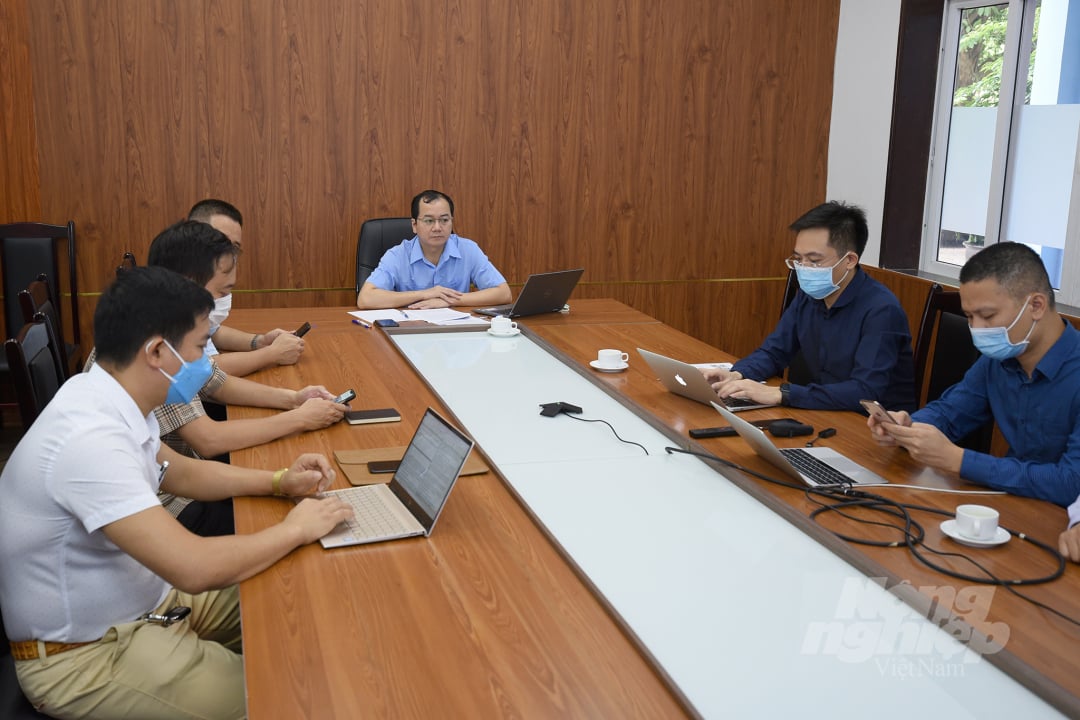
The 6th Vietnam Shrimp Forum in 2021 is organized by the Directorate of Fisheries and the Vietnam Fisheries Society virtually with the participation of nearly 1,000 bridge points. Photo: Tung Dinh.
Several farmers in certain regions have chosen to stop production due to the fact that several shrimp buying and processing companies, as well as input material service providers, have been forced to close their doors in order to avert a Covid-19 pandemic.
According to Pham Anh Tuan, Vice Chairman of the Vietnam Fisheries Society, there are presently two matters concerning traffic and labor that must be resolved in order to adapt to the pandemic and maintain output.
Additionally, the association's representative suggested that the Directorate of Fisheries establish a hotline to summarize and listen to the concerns of companies and individuals in the current pandemic environment, thus helping in a quick resolution.
From a commercial perspective, Le Van Quang, Chairman of the Board of Directors of Minh Phu Seafood Corporation (Minh Phu), said that although only 25% of employees are presently engaged in production, the factory's output has remained at 50% owing to the promotion of purchasing big size shrimp (10-45 shrimps per kg).
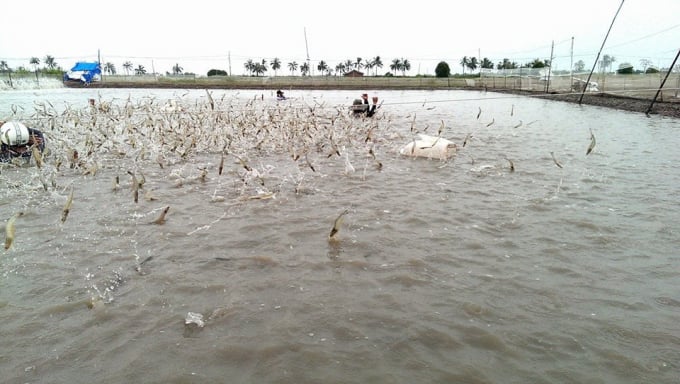
The price is low, so shrimp farmers are not interested in stocking. Photo: TL.
This is a critical element in sustaining production, trading products, and responding to market demands, particularly throughout the time from now until the end of the year.
“At the moment, the plant is unable to produce, which means it cannot purchase shrimp for people; furthermore, transportation from the agricultural region to the factory is very difficult. Farmers do not store seeds in response to this scenario, and it is anticipated that the last three months of the year would be a period of high consumption, resulting in a raw material scarcity. Even if companies resume regular operations after the outbreak, there would be a severe scarcity of raw materials, "Quang said.
According to Minh Phu's spokesperson, the price of large-sized shrimp is reasonable, there is a high demand, and it is thus suggested that people release them sparingly. If you usually stock 250-350 heads per meter square, you should now stock 100-120 heads for big size growing; at 10 - 45 heads per kilogram, the whole will sell very well at a fair price.
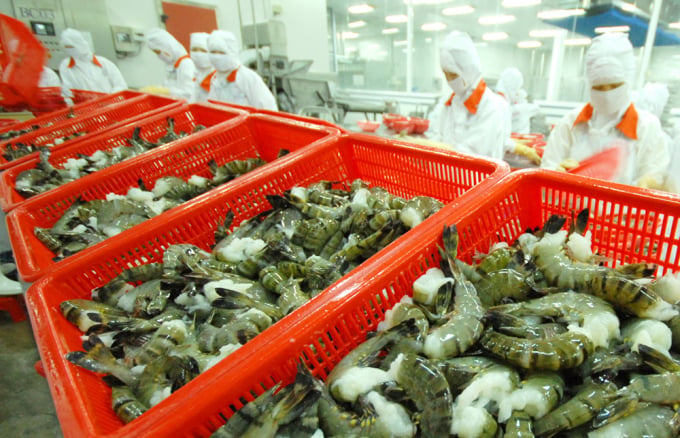
Businesses are worried to face the risk of a serious shortage of raw shrimp post-Covid-19pandemic. Photo: LHV.
"Once the new normal is established, Minh Phu will increase the price of goods," Quang said.
Tuan agreed with Le Van Quang's assessment, stating that when considering demand, it is clear that the market is in need and that shrimp consumption will resume between now and the end of the year.
As a result, the Vice Chairman of the Fisheries Society said that it is essential to advise farmers on the most suitable farming method for the circumstances. For instance, in intensive farming, it is required to stock more broadly to mitigate risk and to meet market demand.
Translated by Linh Linh
/2025/05/22/5250-1-184853_288.jpg)
(VAN) According to a representative from the Central Retail Vietnam, Vietnamese products such as seafood, sweet potatoes, dragon fruit, coffee, and spices hold great potential in the Thai market.
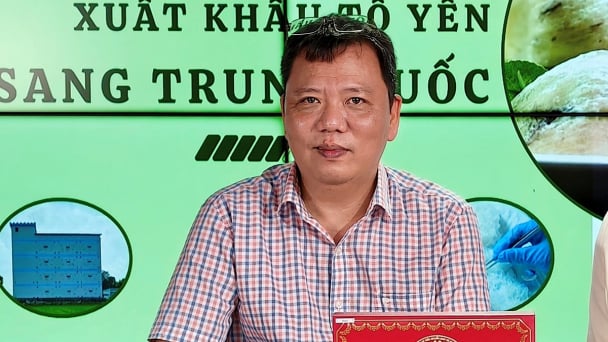
(VAN) A multi-channel, multi-directional strategy only works when the agricultural value chain meets global transparency and SPS standards.

(VAN) Market expansion is a matter of survival for Vietnamese businesses amid fierce competition and global supply chain fluctuations.
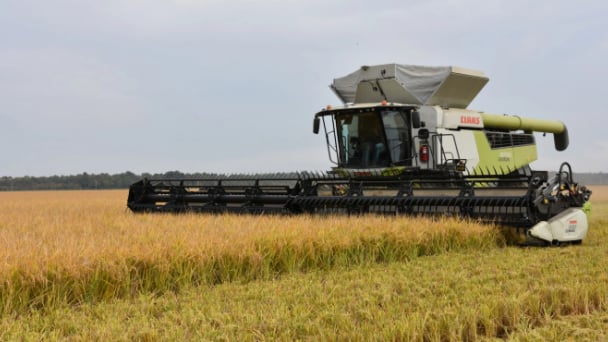
(VAN) Global market prospects for U.S. long-grain rice for the upcoming marketing year.
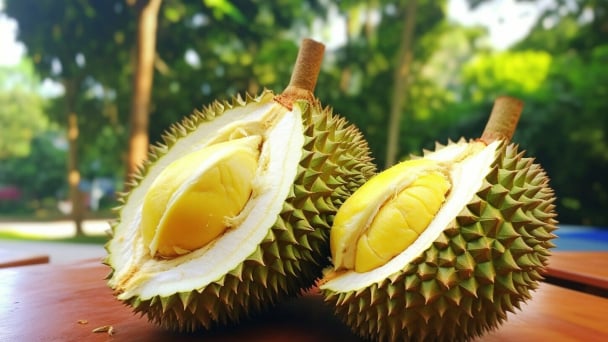
(VAN) China’s General Administration of Customs started permitting fresh durian shipments from Cambodia after a phytosanitary protocol was signed with the Cambodian Ministry of Agriculture in late April.
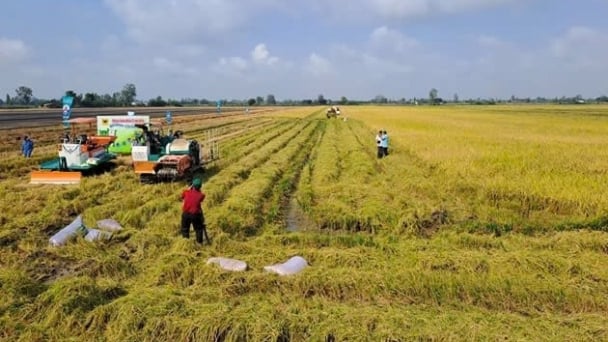
(VAN) To operate carbon market, one of the key issues is determining which types of 'commodities' meet the standards to be traded on the market.
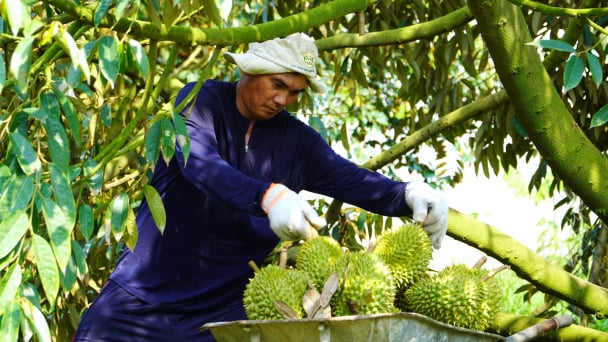
(VAN) Durian-producing localities need to coordinate more effectively with central authorities to improve the traceability, monitoring, and response systems in case of violations.